Copernicus (1973)
장르 : 드라마, 역사
상영시간 : 2시간 8분
연출 : Czesław Petelski, Ewa Petelska
시놉시스
Poland's submission for the Academy Award for Best Foreign Language Film in 1973

칠레의 3,000미터 고도, 아타카마 사막에 전 세계에서 온 천문학자들이 별을 관찰하기 위해 모인다. 하지만 그곳에는 독재 정권 아래 정치범들의 유해도 있다. 천문학자들이 어딘가에 존재할지도 모를 생명체를 찾아 멀리 떨어져 있는 우주를 관찰하는 동안 관측소기슭에서 여자들은 사막의 흙을 파내며 사라진 친척들을 찾는다.
(2016년 제13회 서울환경영화제)

Photo sequence of the rare transit of Venus over the face of the Sun, one of the first chronophotographic sequences. In 1873, P.J.C. Janssen, or Pierre Jules César Janssen, invented the Photographic Revolver, which captured a series of images in a row. The device, automatic, produced images in a row without human intervention, being used to serve as photographic evidence of the passage of Venus before the Sun, in 1874.
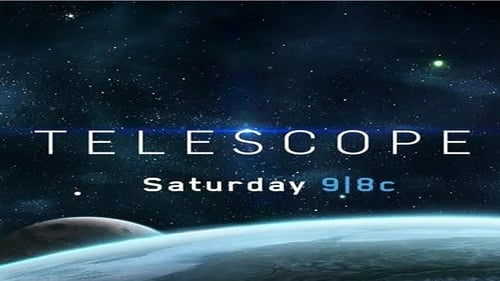
A history of the telescope and a look at the James Webb telescope, and at the universe through the eyes of scientists and telescopes since the beginning.
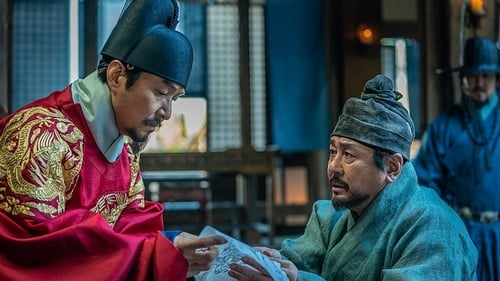
역사상 가장 위대한 왕 세종과 관노로 태어나 종3품 대호군이 된 천재 과학자 장영실. 20년 간 꿈을 함께 하며 위대한 업적을 이뤄낸 두 사람. 세종 24년인 1442년, 명나라 사신은 황제의 칙서를 들고 조선을 방문한다. 명의 사신은 조선이 천문 연구를 통해 독자적 시간을 가지는 것을 우려하며 천문 의기들을 폐기하고 이를 발명한 장영실을 압송하려 한다. 그러던 와중 임금이 타는 가마 안여(安與)가 부서지는 사건으로 세종은 장영실을 문책하며 하루아침에 궁 밖으로 내치고 그 이후 장영실은 자취를 감추는데...

Four exceptional astronomers celebrate 50 years of work and friendship on a return road trip in the southwestern United States, recapturing youthful adventures and recounting each other's influences on the most exciting period in astronomy’s history. Roger the instrument-maker, Donald the theoretician, Nick the visionary, and Wal the observer. Together they represent the most productive period astronomy has ever had. They helped build the world’s biggest observatories and made revolutionary discoveries about the evolving universe, discoveries that have the power to change the way humanity sees itself. Alison Rose’s film is a funny, insightful, humbling and intimate portrait of friendship, as the men reflect on how their profound work on the universe has reflected back on the individual, affecting their sense of religious faith, how life may have purpose, and what is knowable and unknowable.

THE CITY DARK is a feature documentary about the loss of night. After moving to NYC from rural Maine, filmmaker Ian Cheney asks a simple question - do we need the stars? - taking him from Brooklyn to Mauna Kea, Paris, and beyond. Exploring the threat of killer asteroids in Hawaii, tracking hatching turtles along the Florida coast, and rescuing injured birds on Chicago streets, Cheney unravels the myriad implications of a globe glittering with lights - including increased breast cancer rates from exposure to light at night, and a generation of kids without a glimpse of the universe above. Featuring stunning astrophotography and a cast of eclectic scientists, THE CITY DARK is the definitive story of light pollution and the disappearing stars. Written by Wicked Delicate Films

뉴질랜드의 아름다운 자연풍광과 밤하늘을 담은 다큐멘터리. 전직 군인이자 사진작가인 탐 로웨와 뉴질랜드 감독 니젤 스탠포드가 공동작업한 이 영화는 풍경, 사람 및 야생 동물의 놀라운 슬로우 모션 및 타임 랩스 촬영이 특징으로, 영화의 한 장면이 지난 2010년 올해의 천문사진상을 받았을 정도로 뛰어난 영상미가 돋보인다. 이 영화는 또한 세계 최초로 일반 판매된 4K 해상도의 영화로도 유명하다.

This film tells the surprising story of how the Allegheny Observatory has been a world leader in the study of the stars since the 1860s. Self-educated, and often facing unrelenting hardships, the people associated with the Allegheny Observatory defied the odds to make enormous contributions to the founding of astrophysics and early aviation.
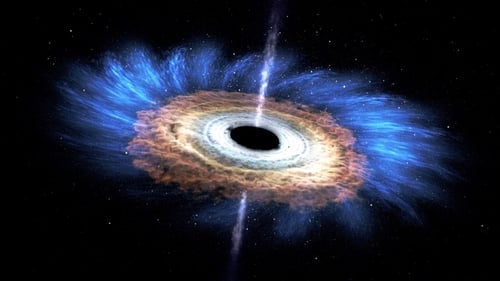
A team of international scientists attempt to document the first-ever image of a black hole.
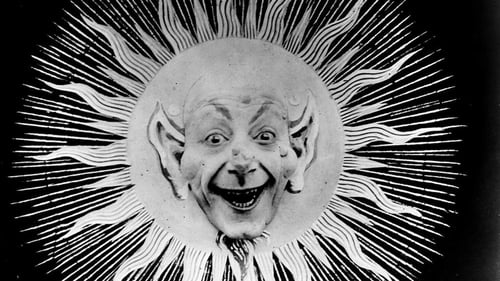
In this film, Méliès concocts a combination fairy- and morality tale about the foolishness of trying to look too deeply into the workings of an unstable and inscrutable universe. At a medieval school, an old astronomer begins to teach a class of young men, all armed with telescopes, about the art of scrutinising an imminent eclipse. When a mechanical clock strikes twelve, all the young men rush to the windows and fix their telescopes on the heavens.

The first feature from Alison McAlpine is a dialogue with the heavens—in this case, the heavens above the Andes and the Atacama Desert in northern Chile, where she alights on the desert- and mountain-dwelling astronomers, fishermen, miners, and cowboys who live their lives with reverence and awe for the skies.

How's it all gonna end? This experience takes us on a journey to the end of time, trillions of years into the future, to discover what the fate of our planet and our universe may ultimately be. We start in 2019 and travel exponentially through time, witnessing the future of Earth, the death of the sun, the end of all stars, proton decay, zombie galaxies, possible future civilizations, exploding black holes, the effects of dark energy, alternate universes, the final fate of the cosmos - to name a few.

Kate Humble and Helen Czerski reveal the inner workings of the sun and investigate why scientists think changes in the sun's behaviour may have powerful effects on our climate.

BLACK SUNS: AN ASTROPHYSICS ADVENTURE is a documentary about chasing eclipses and science dreams. It chronicles the lives of two globetrotting African American astrophysicists, Dr. Alphonse Sterling and Dr. Hakeem Oluseyi, as they follow the two solar eclipses that occurred in 2012. Dr. Alphonse Sterling of NASA, stationed in Japan, had early success in the US, but left his home country to further cultivate his wide-ranging interests. Dr. Hakeem Oluseyi of the Florida Institute of Technology, is a scientist who beat the odds of poverty, and a poor early education, to get where he is today. The film is hosted by award-winning cultural astronomer Dr. Jarita Holbrook.

The people of the planet Aeon, blessed with six suns, have never experienced night. When an archeological excavation uncovers evidence of an ancient catastrophe, all signs point towards the impending darkness of the very first Nightfall. Panic erupts as the suns slowly disappear one by one. Science struggles against superstition as the people race to comprehend the approaching Nightfall... the end of the world as they know it. Based on Isaac Asimov's classic story "Nightfall," voted "The Greatest Science-Fiction Story OF All Time."

Although the mountain volcano Mauna Kea last erupted around 4,000 years ago, it is still hot today, the center of a burning controversy over whether its summit should be used for astronomical observatories or preserved as a cultural landscape sacred to the Hawaiian people. For five years the documentary production team Nā Maka o ka 'Āina ("the eyes of the land") captured on video the seasonal moods of Mauna Kea's unique 14,000-foot summit, the richly varied ecosystems that extend from sea level to alpine zone, the legends and stories that reveal the mountain's geologic and cultural history, and the political turbulence surrounding the efforts to protect the most significant temple in the islands: the mountain itself.

Infinitude is a meditation on the cosmic evolution of matter and energy over time.
Experimental filmmaking techniques such as time-lapse, high-speed, and stop-motion photography were used to photograph handmade props, fluid dynamics, and angular momentum. Infinitude is a handmade representation of the exponential growth of complexity in the cosmos.

This series also covers the essential concepts of astronomy: gravity, the light spectrum, Earth's magnetic field, the solar system, the sun, Kepler's Law, the universal law of gravitation, the Doppler Effect, and much more!

Shot on 16mm celluloid across parts of New Zealand and Samoa, interdisciplinary artist Sam Hamilton’s ten-part experimental magnum opus makes thought-provoking connections between life on Earth and the cosmos, and, ultimately, art and science. Structured around the ten most significant celestial bodies of the Milky Way, Apple Pie’s inquiry begins with the furthest point in our solar system, Pluto, as a lens back towards our home planet and the ‘mechanisms by which certain aspects of scientific knowledge are digested, appropriated and subsequently manifest within the general human complex’. Christopher Francis Schiel’s dry, functional narration brings a network of ideas about our existence into focus, while Hamilton’s visual tableaux, as an extension of his multifaceted practice, veer imaginatively between psychedelic imagery and performance art.
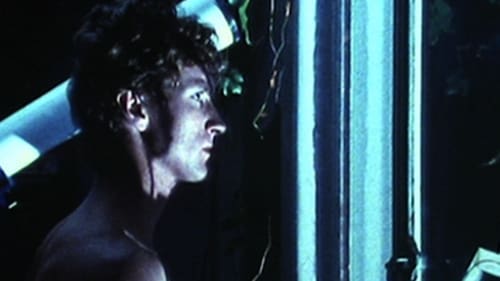
This autobiographical story about a love affair between two men was filmed on location in inner-city Auckland. Richard an astronomy-obsessed worrier spends his time fantasising about outerspace and the cosmos, an activity which antagonises friends and family. Then one day he meets Johnny, a handsome Italian man, with an enormous appetite for life, whose idea of a holiday involves breaking into the nearest small holiday home. He offers him love and an escape from the monotony of work. This short New Zealand film is a joyous celebration of the love between two eccentrics. It is also a refreshingly matter-of-fact and comic treatment of a romance between two men who both have their sights aimed firmly amongst the stars. Released on the compiliations: Boys on Film Volume 3 (1994)


















